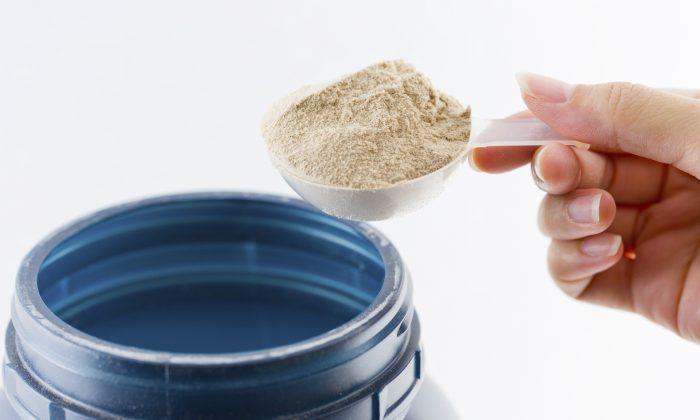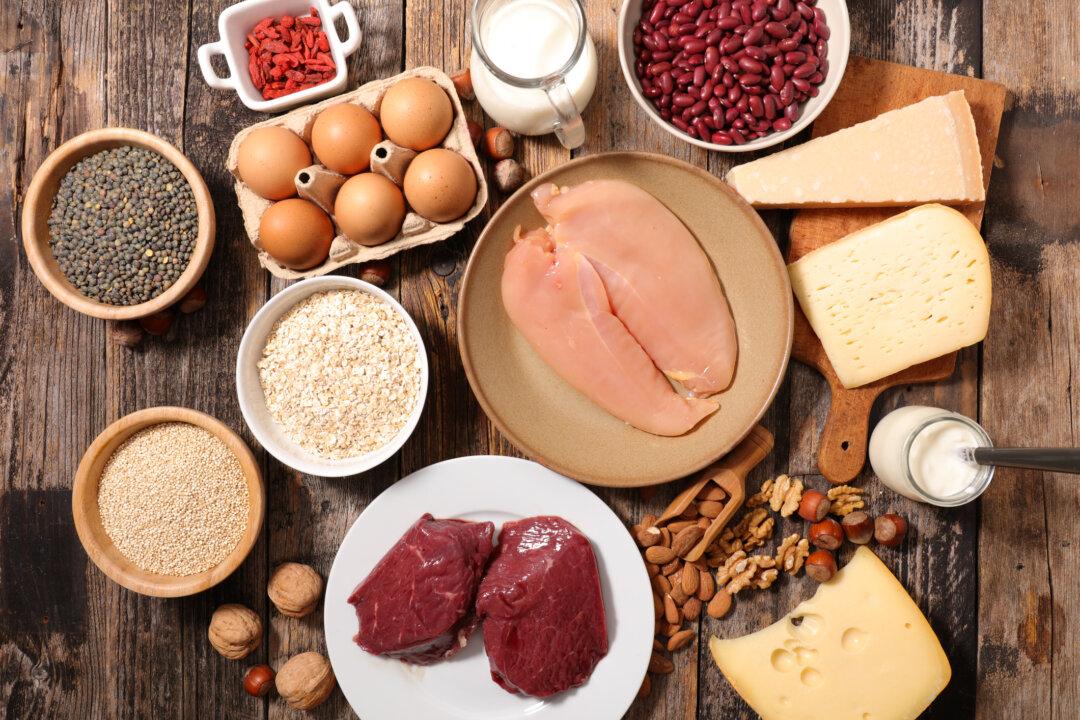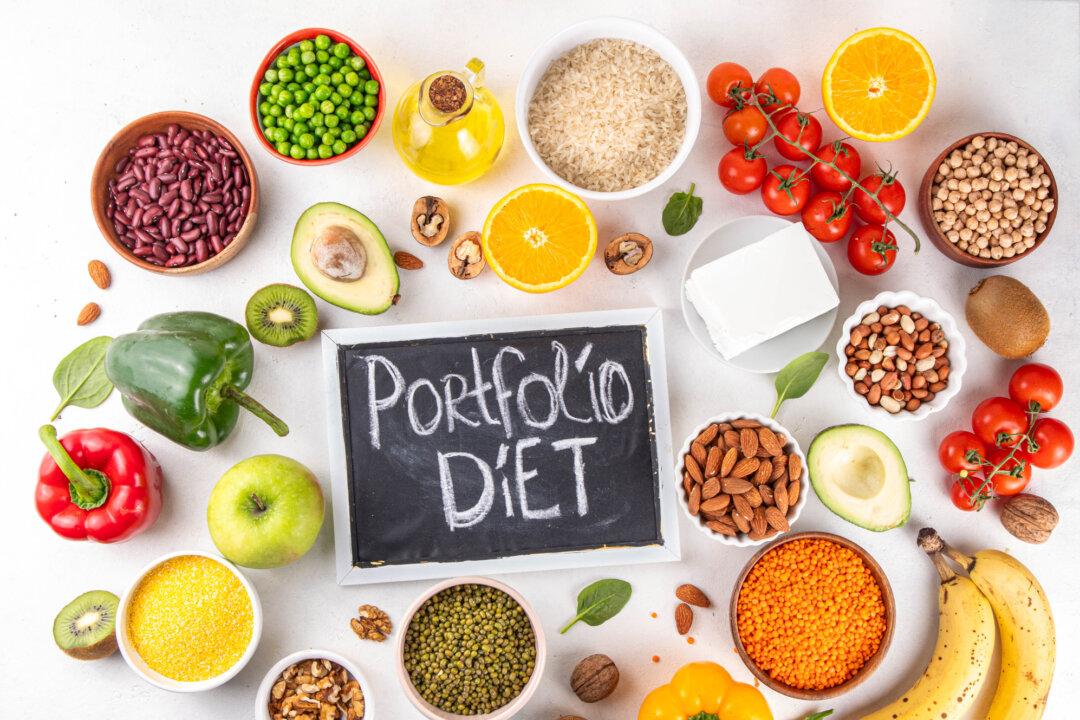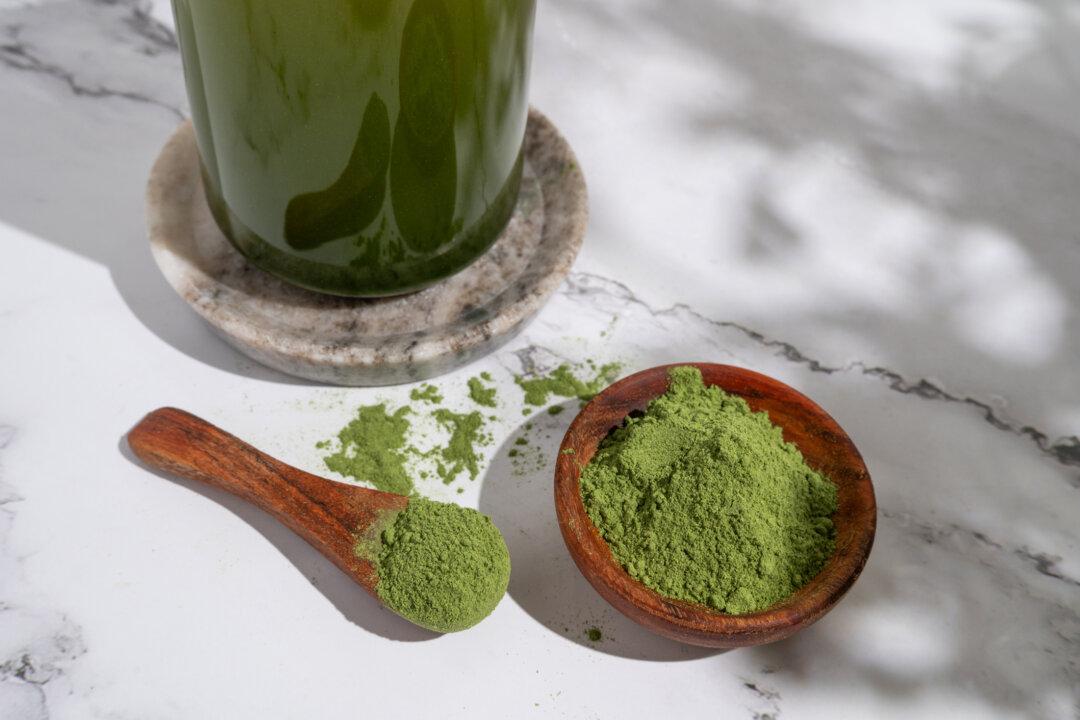What Is Pea Protein?
To make pea protein, dried yellow split peas are ground into flour after which it is processed so the protein can be separated from the starches. Isolates go through an additional filtration step, creating a product with roughly 90% of protein by weight, meaning fewer carbs. Companies have now worked out ways to give pea protein a neutral flavor profile and less grittiness, making it an attractive, and relatively inexpensive, addition to a range of packaged foods.
The Pros and Cons of Pea Protein
Many people are looking to increase protein intake to better maintain and build lean body mass, a key to healthier, more functional aging. Research shows pea protein can be just as effective at increasing lean body mass as animal-based sources, such as whey, especially when paired with weight training. Tests show pea protein has a high essential amino acid content as a percentage of its total protein. Essential amino acids are the ones you must get from your diet daily and are important building blocks of muscle protein and connective tissues.One concern is that pea protein is not a “complete” protein, since it is low in the amino acids methionine and cysteine. But assuming you eat a varied diet with other foods that provide these amino acids, such as whole grains, it is not necessary to consume complete proteins at each meal. So pea protein’s amino acid shortcoming shouldn’t be something to fret about.
Some scientific investigations suggest that consuming pea protein can bolster satiety. For people with tendencies for overeating and poor portion control, including this protein in meals and snacks could help better manage calorie intake. This conforms with the overall evidence that protein is a more satiating macronutrient than carbs and fat. But eating whole peas may end up being more filling than isolated pea protein because it contains much higher amounts of fiber.
It’s worth noting that pea protein has a very low risk of allergy or sensitivity issues, so can be safely consumed by almost everyone. If you suffer from gout, however, pea protein contains purines, which may increase inflammation and pain.
Bottom Line
If you’re concerned about your protein intake you can look for the types of packaged foods you normally consume that are beefed up with pea protein. Or blend pea protein powder into your smoothies. Just remember that it is important to only consume protein-enriched packaged foods as a small part of a whole-food based balanced diet.(C)2022 Belvoir Media Group, LLC. Distributed by Tribune Content Agency, LLC -- July 11, 2022





